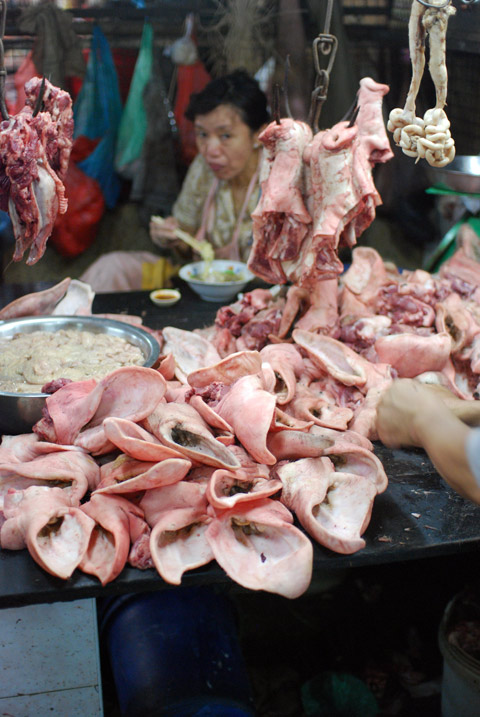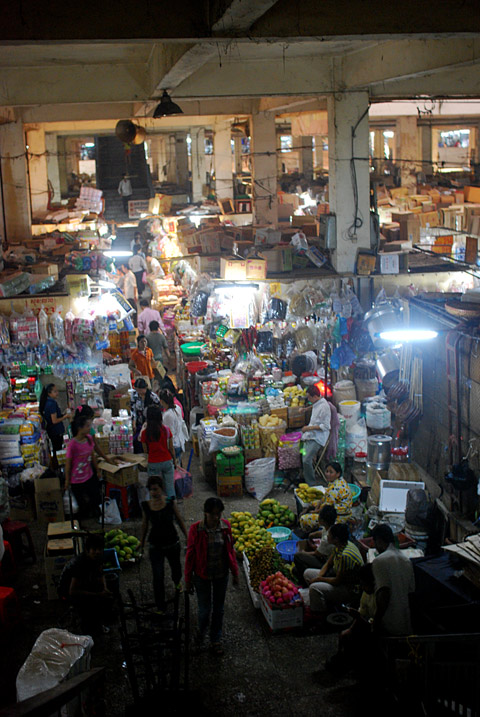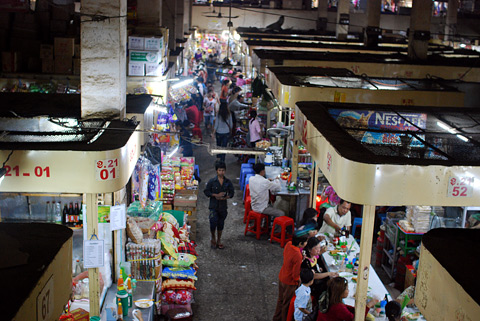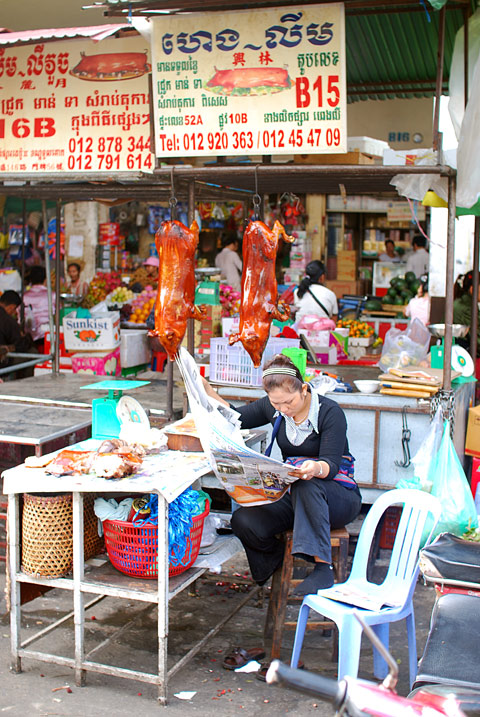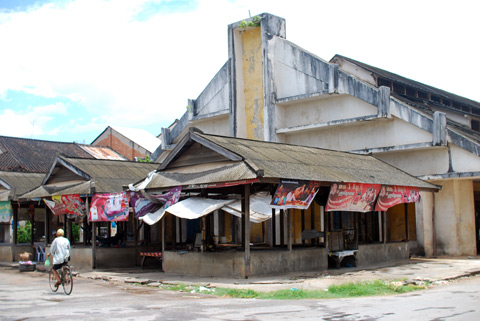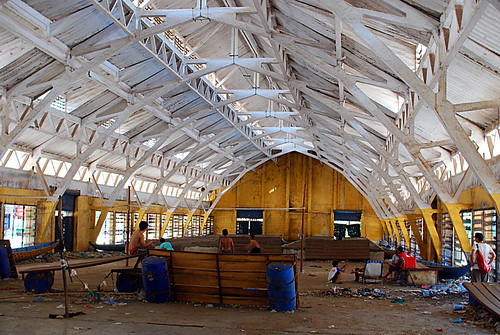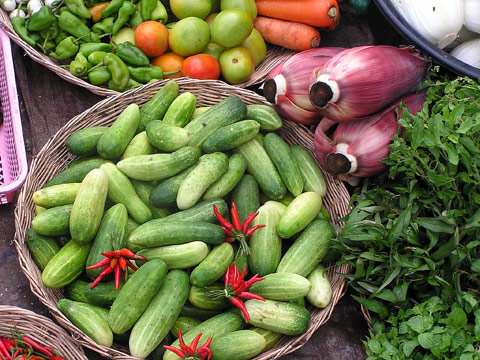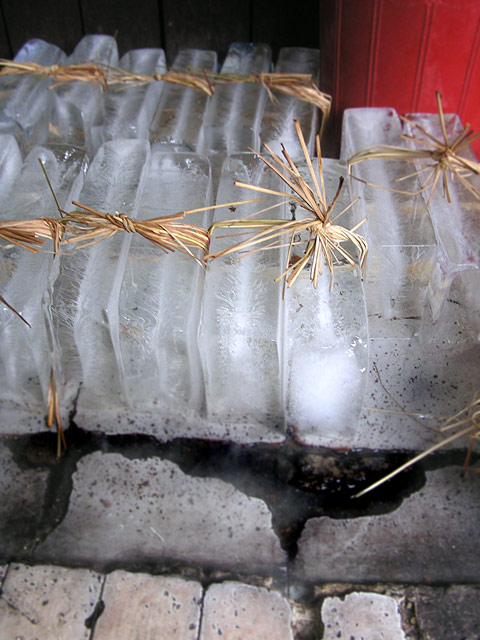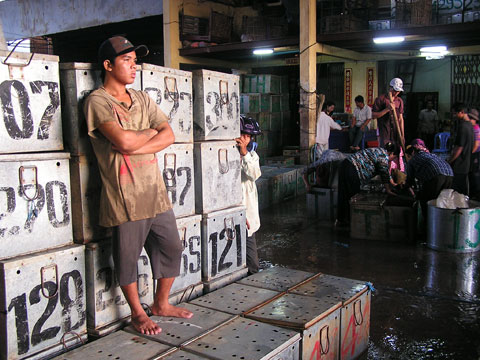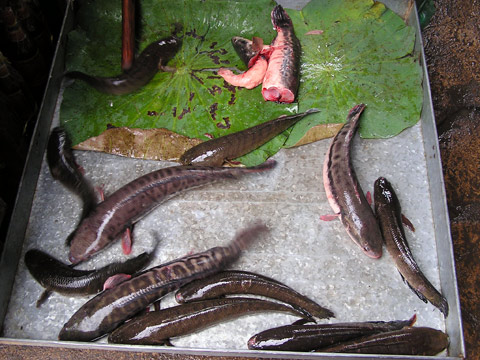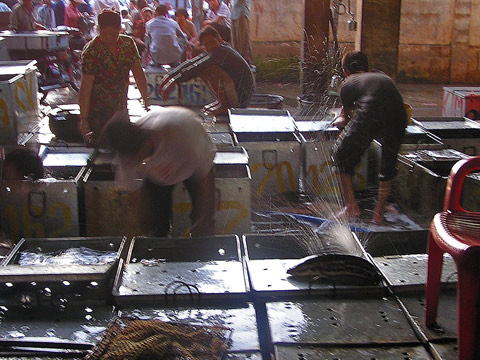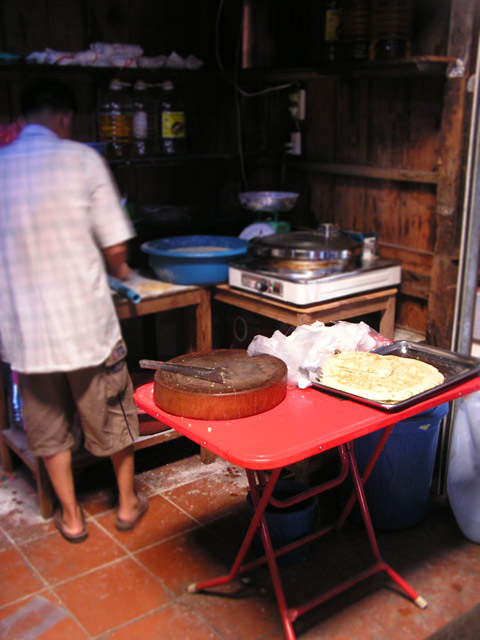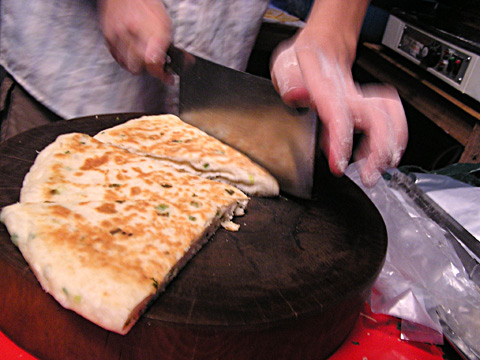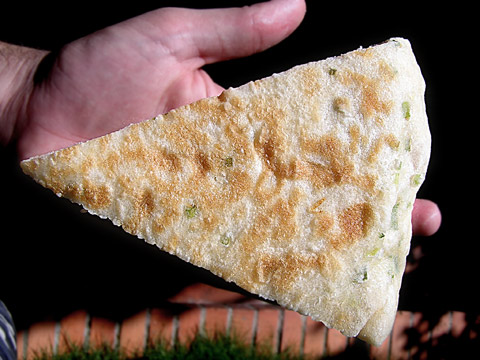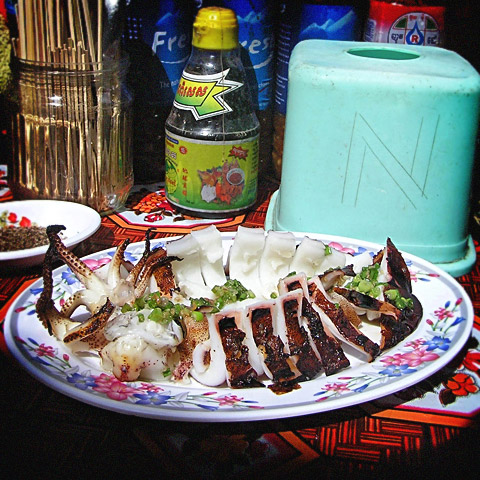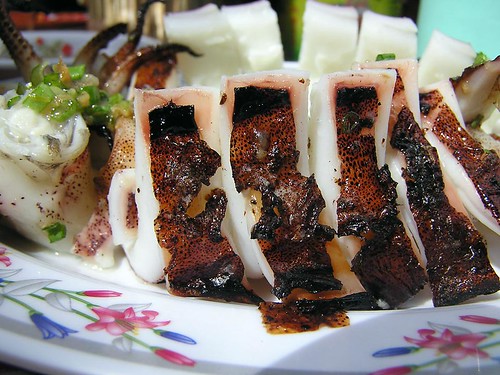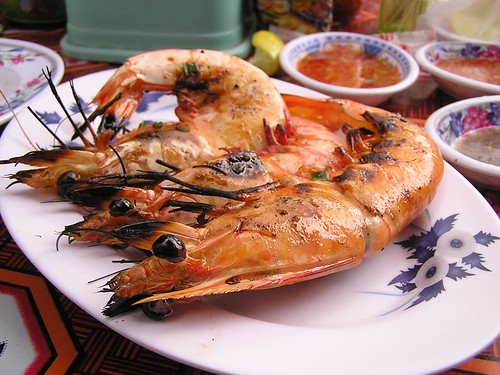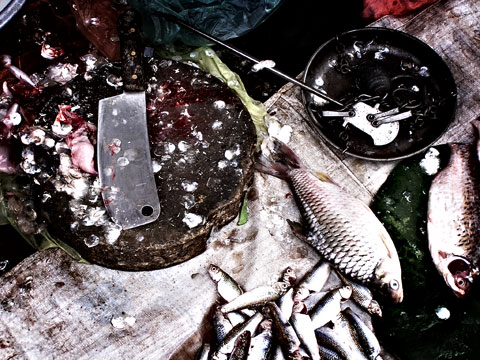
I don’t often read Cambodia’s most popular expat website, but when I do, it generally has something to do with the food. This week, they’ve put together an Idiots Guide to Buying Food in Cambodian Markets and despite the missing apostrophe, it is fairly spot on. It does however make the shocking admission that:
Fish is a bit of a minefield, and I’m happy to admit that I never completely got the hang of it, but as a rule the more expensive it is the better it is.
In the Khmer spirit, I thought that I’d try my hand at some informal demining of the fish purchasing process. Fish is central to Cambodian life, so it’s no great surprise that there is a good deal of it to be bought at your local market at bargain prices.
Organoleptic assessment for Dummies
In the West, the best way to find a good fishmonger is that their fish counter should smell like the sea rather than like the fish: fresh, clean and crisp. There shouldn’t be pools of mucous lying around the fish, the store, or the fishmonger. This all goes out the window in Cambodia. Unless you happen to arrive at a market damn early, everything in the market smells fishy and finding a patch of floor in the meat section which isn’t covered in brown mucous or something coagulating is rare. You can of course pick up the fish itself and give it a sniff.
Five tips for choosing better fish:
- Gills should be bright red. There is a very handy practice in Cambodia of cutting the covering off the gills before sale and exposing the gills for all the world to see, eliminating the need to pick up the fish and poke at its fleshier bits. It does ruin the attractiveness of the whole fish a little. Steer clear of the brown gills.
- Eye clarity is a good measure of freshness in Cambodia. Although some deep-sea fish have naturally cloudy eyes, very few of these species will be on sale at the market. Look for the fish that is looking at you with bright, unsunken eyes.
- Skin should be bright, shiny; iridescent or opalescent with no signs of bleaching or discolouration.
- Texture: When you give the fish a poke in a fleshy part, the indentation should spring back in under a second. Even better is if the fish feels rock hard (and of course, is not frozen) : it means that rigor mortis has only recently set in, or possibly, the fish is still alive.
- The fish should show no signs of bruising or broken skin.
Where to shop:
Every market has fish but some markets are fishier than others. Because I don’t know my way around the local fishing villages, Central Market (Psar Thmei) is the best bet. They have the largest selection of freshwater and saltwater creatures and unlike most local markets, they keep some of it on ice. The next part is really only for your hardcore fish junkie.
Handling: Separating the fishermen from the fisherboys.
Knowing about how your marine friend was handled on its journey from underwater to under your griller is the secret that separates the angling amateur from the piscatorial pro. For the most part, these tips are a bit useless for Cambodia because most fish that you’ll see in the market have been caught and dumped on the floor of a small wooden boat, then shipped to market on the back of a refrigeration-free motorbike. However, if you’re lost for words next time that you’re speed-dating in a fishing village, try these questions:
- How is the fish caught? Line-caught fish generally receive less of a beating than those trapped in a trawler’s net.
- Is the fish stunned immediately upon coming aboard? Important to know for larger fish that tend to do a fair amount of thrashing around once they’ve left the water, damaging both themselves and unlucky crew members.
- Show us your fish-to-ice ratio: As a rule of thumb, one part ice to 2 parts fish. This will obviously depend on the initial temperature of the fish, fish hold temperature, and the period of storage.
See also: Mekong River Commission has far too much information about the local varieties of freshwater fish. The FAO has a handy guide to organoleptic assessment, if for instance, you want a “Sensory score sheet for cooked cod flesh taken from gutted fish that have been stored in melting ice“. They’ve also got a guide to ice ratios, if you’re looking to radically reform the Cambodian fishing industry.
